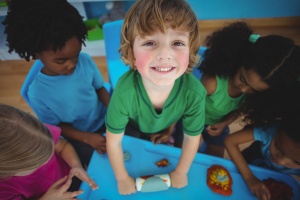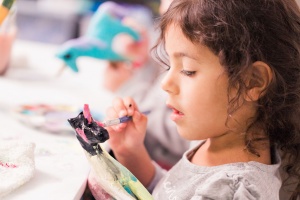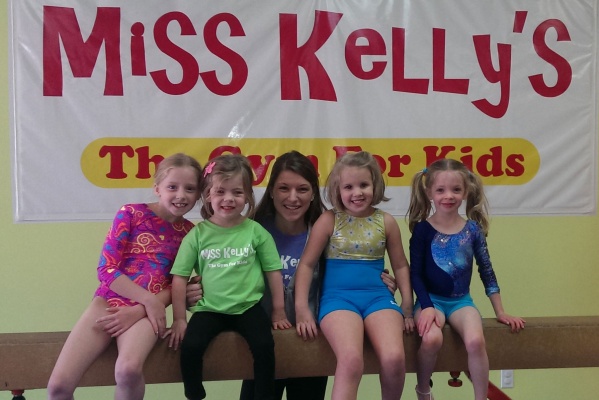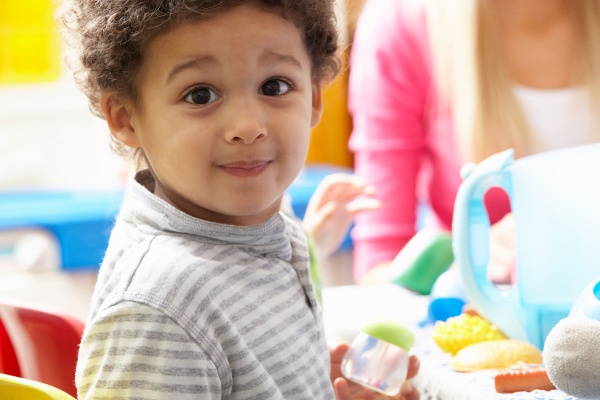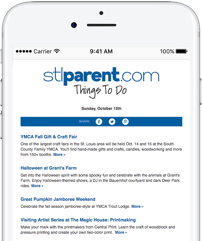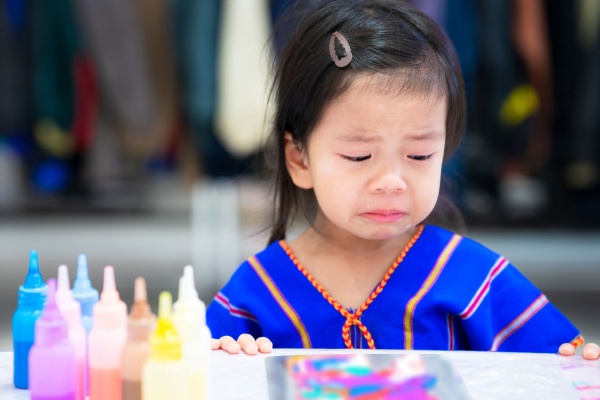

First Food Alternatives to Rice Cereal
For many years, rice cereal has been recommended as a standard first food for babies. It is high in iron, unlikely to cause allergies and can be easily mixed with breast milk or formula. So when our pediatrician suggested several years ago that our infant daughter skip rice cereal entirely, I was more than a bit surprised.
Her logic made sense, though. She explained that there are many more nutrient-dense options available to babies starting solids, and that rice cereal offers little more than “empty calories.” And with growing concern over the high levels of arsenic found in rice, there’s yet another reason for today’s parents to consider an alternative first food for baby.
The U.S. Food and Drug Administration has been investigating concerns over high levels of inorganic arsenic in rice cereal since 2012. Because infants consume more rice relative to their body weight than adults, primarily due to the consumption of rice cereal, the FDA now recommends that infant rice cereal should contain no more than 100 parts per billion of inorganic arsenic.
Inorganic arsenic is a human carcinogen with the potential to pose serious health risks, but FDA testing has concluded that most rice cereals on the market are safe, since they already have levels below or near the newly proposed limit. The agency indicates that it is still okay to feed your baby rice cereal, especially since it is a good source of iron and other nutrients, but advises parents to make sure baby does not consume it in excess, but rather as part of a varied and balanced diet.
The FDA and the American Academy of Pediatrics also note that rice cereal does not need to be your first or only choice when you introduce solids. If you are ready to incorporate solid foods into your baby’s diet but want to start with something other than rice cereal, the following options are all excellent choices during the first year of life.
Banana
Bananas are the ultimate grab-and-go baby food, no container (or cooking!) required. Even better, most babies love their sweet taste and creamy texture. Plus, it’s easy to mash a ripe banana with a fork, then puree with a bit of breast milk or formula. Soft chunks of ripe banana also make a good finger food for babies who prefer to feed themselves.
Sweet Potato
Sweet potatoes aren’t only for Thanksgiving. They also make a wonderful first food for baby (hold the marshmallows, of course). The bright orange veggie is packed with nutrients like fiber, iron and Vitamin A. To prepare, just bake, boil or microwave until soft, then puree the inner flesh to the desired consistency.
Avocado
Avocados are loaded with omega-3 fatty acids that are known for boosting brain development. And their mild flavor and buttery texture makes them an ideal first food. For feeding baby, look for one that is firm to the touch but gives slightly, since under ripe avocado will be difficult to mash or puree.
Unsweetened Applesauce
Applesauce is another good choice for baby’s first food – as long as you choose one with no sugar or extra ingredients added. Or make your own by peeling a few apples, cutting them into chunks and then boiling in a bit of water until soft enough to mash or puree. Skip the cinnamon and other spices for now; the natural sweetness of the fruit is all the flavor baby needs. You could also try making pear sauce too.
Finely Chopped or Pureed Meat
You probably don’t think of meat as an ideal first food, but a 2006 study published in the Journal of Pediatric Gastroenterology and Nutrition found that it actually may be. Exclusively breastfed infants in particular can benefit from the early introduction of meat (around 6 months or later), since they begin to absorb less of the iron in breast milk once they start eating solids and need to obtain it from other sources.
Meat is an excellent source of easily absorbed iron and zinc. It can be ground and pureed with water for younger babies, or shredded into small pieces and served as a finger food for older infants. Turkey, chicken and beef can all be good first choices.
Whole Grain Cereal
If you still want to start with cereal, rice isn’t your only option. The American Academy of Pediatrics recommends avoiding wheat and mixed grain cereals to start, since they may cause an allergic reaction in young babies. But you can try a single grain cereal like oatmeal or barley. Mix the cereal with enough breast milk or formula to make it soupy in the beginning; then gradually add less over time.
Thanks to conflicting advice and guidelines from family, friends and even medical professionals, it can be confusing for new parents to figure out the right approach to starting solids. In the end, the most helpful suggestion I received was simply to “follow baby’s lead.” Because every baby is unique, and as with so many aspects of parenting, there’s a lot you just have to figure out as you go along.

Alyssa Chirco is a freelance writer, mother and margarita lover, not necessarily in that order. In addition to writing for STL Parent, she is Contributing Editor at Parenting Squad, and covers parenting, health and lifestyle topics for publications across the country. She recently moved from the suburbs of St. Louis to a small town in rural Jefferson County, where she is learning to survive with no Target or Starbucks in sight. Follow her on Twitter @AlyssaChirco



